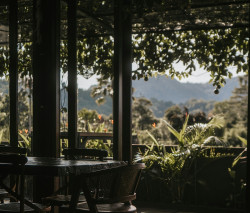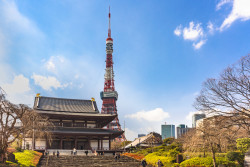
Originally published on metropolis.co.jp on January 2011
“For such monstrous acts they will surely fall into hell,” wrote Jesuit missionary Gaspar Vilela in 1557, observing the widespread practice of seppuku in Japan. “They are completely blind to this, and put honor above all else.”
Four-and-a-half centuries later, the noble art of self-disembowelment retains a curious grip on the popular imagination. Few will forget Louisiana congressman Anh Cao’s suggestion last year, in the wake of the Deepwater Horizon oil spill, that BP America president Lamar McKay “commit hara-kiri.” Sadly, his advice wasn’t heeded.
There are ample examples of stomach-slashing glory to be found in Seppuku, Andrew Rankin’s engrossing and authoritative account of the history of ritual suicide. Rather than surrender to the forces laying siege to Takato Castle in 1582, Nishina Morinobu climbed to the roof, cut his belly open, and then flung his guts at the wall while cursing his antagonists (the curse worked, apparently). The following year, Kikkawa Tsuneie preceded his own suicide with a classic one-liner: “I’ve never practiced this, I hope I don’t let you down.”
One of the last recorded instances of seppuku was that of Nogi Maresuke, a general who killed himself on the day of Emperor Meiji’s funeral in 1912. In a footnote, Rankin reveals a detail from the coroner’s report that subsequent newspaper articles judiciously chose to omit: “Nogi had inserted two cork-sized plugs into his rectum to prevent postmortem leakage.”
Medieval accounts of seppuku tend to gloss over such unsightliness: they are, as Rankin puts it, “fact augmented by myth and adorned with aesthetic trimmings.” He traces the practice back to ancient Chinese warfare, and follows its gradual evolution “from an accepted method of suicide to the expected one.” The deaths of Sato Tadanobu and Minamoto no Yoshitsune in the late 12th century established seppuku as an act of defiance, and the very pinnacle of heroism.
More intriguing still are some of the niceties that were introduced to the procedure during the Edo period, when the Tokugawa shogunate retained seppuku as a “symbolic privilege of an elite class.” Early-18th-century protocols recommended, for instance, that incense be burned to conceal the smell, and that the condemned man apply rouge to his cheeks to ensure beauty in death. By the end of the 1700s, the seppuku ritual had evolved to the extent that the stomach wasn’t even cut: samurai were beheaded by their kaishaku, or second, as they reached for the ceremonial dagger.
Such smoothness was conspicuously lacking when Yukio Mishima briefly revived the practice in 1970, after a failed attempt to incite a military coup. The author’s chosen kaishaku, Masakatsu Morita, managed to fluff the beheading three times before leaving one of his associates to complete the task. Drunk on the symbolism of the act, Mishima might have done well to remember the verses penned by one Kanzawa Toko, prior to his own suicide in 1795:
Death poems
are a delusion.
You just die.







